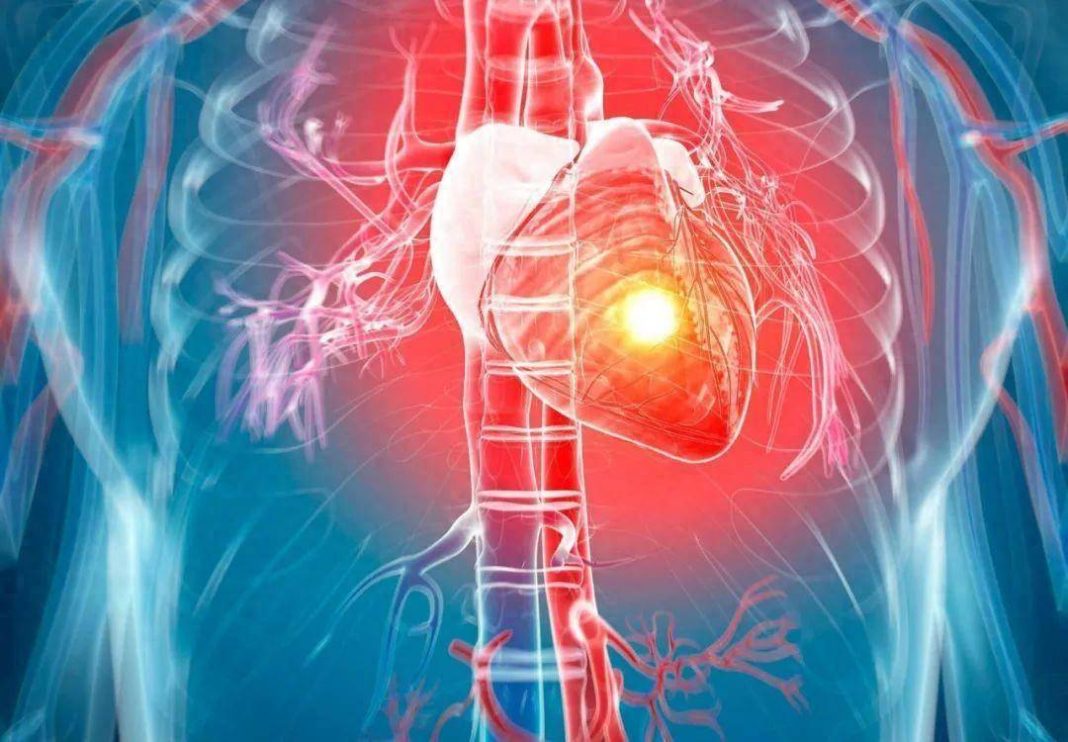With the arrival of autumn, the weather gradually turns cooler, and the temperature difference between day and night increases, prompting subtle changes in the dietary habits and lifestyles of many individuals. However, during this change of seasons, the incidence of cardiovascular and cerebrovascular diseases quietly rises, posing a significant challenge to the health and safety of numerous middle-aged and elderly individuals. Statistics show that the number of patients hospitalized for cardiovascular and cerebrovascular diseases in autumn has significantly increased, drawing widespread attention.
1. High-Salt Foods: The Invisible Killer of Blood Pressure
First and foremost, we must be vigilant about seemingly inconspicuous yet risky high-salt foods. Salt is an indispensable flavor foundation in the culinary arts, and its intake is subtly linked to the aggravation of hypertension, requiring careful consideration. Studies show that prolonged high-salt dietary habits lead to increased sodium ion concentrations in the body, triggering imbalances in water-sodium metabolism and increasing pressure on blood vessel walls, making it a key contributor to elevated blood pressure. Hypertension stands out as a significant risk factor in the realm of cardiovascular and cerebrovascular diseases.
In autumn, people tend to favor strongly flavored foods to ward off the cold, such as pickled foods, ham, and instant noodles, which often contain high levels of salt. For instance, a typical 100-gram serving of ham contains nearly one gram of sodium, unconsciously accounting for one-sixth of the recommended daily salt intake for a healthy adult. When considering other hidden sources of salt in everyday meals, the total salt intake can easily exceed healthy limits, which cannot be ignored. Thus, health experts recommend that after the onset of autumn, individuals should limit high-salt diets and instead embrace low-salt or even salt-free options, such as fresh fruits and vegetables, to stabilize blood pressure within a healthy range.
2. High-Sugar and High-Fat Foods: Accelerators of Obesity and Arteriosclerosis
Patients with cardiovascular and cerebrovascular diseases should avoid not only high-salt delicacies but also high-sugar and high-fat dishes, which are also invisible traps for health. High-sugar foods such as cakes and desserts can bring temporary flavor enjoyment, but excessive long-term intake can elevate blood sugar levels and increase the risk of diabetes, which is a significant contributor to cardiovascular and cerebrovascular diseases. Moreover, high-sugar foods can easily lead to obesity as the body excessively stores fat, accelerating the process of arteriosclerosis and inadvertently sowing deeper risks for cardiovascular diseases.
High-fat foods cannot be overlooked either. High-fat dietary habits are the hidden culprits behind blood lipid disorders and catalyze the quiet formation of atherosclerosis, putting the ship of health in jeopardy. The formation of atherosclerosis constitutes an indispensable pathological foundation for cardiovascular diseases such as coronary heart disease and cerebral infarction, with far-reaching and significant impacts. Therefore, health experts recommend that after the onset of autumn, individuals should try to avoid or


